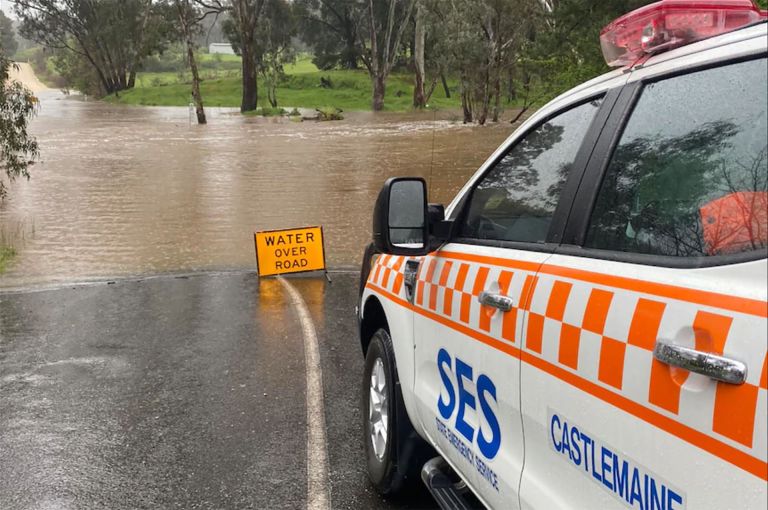Introduction
Events of recent years have demonstrated how devastating storms and floods can be through loss of life and damage to our homes and communities. Disasters can affect the essential services we need every day, as well as the health and wellbeing of NSW communities. Access to timely, accurate and trusted data can make the difference for Emergency Services Organisations (ESOs) such as the NSW State Emergency Service in saving lives and protecting communities.
Success in this pilot project will provide the blueprint for NSW Government to invest in scaling up flood and storm intelligence across NSW, supporting the NSW SES and other ESOs during operational responses. This innovative pilot will help the NSW SES as the combat agency for Floods, Storms and Tsunamis. Collecting new data and information using a wide area sensing and monitoring platform, along with A1 digitally mapping environmental impact with the NSW Digital Twin, will keep people and places safer.
Challenge
Both flooding and storms pose major risks to public safety, community resilience and the economy. The current NSW SES response to floods and storms is based on a combination of static community plans, alerts from the Bureau of Meteorology, local knowledge of NSW SES members, and requests for assistance from the community.
The adoption of new technologies offers the NSW Government the opportunity to create smart platforms that can put intelligence in the hands of the professional services supporting our communities. These platforms will allow agencies to substantially improve their services delivered to the community through timely and trusted information allowing more informed decision-making, and reduced response times to incidents.
Solution
The research and development program will trial an energy-efficient, safe, and dependable system that can sense floods and storms using the Internet of Things. It will trial 5G technology by using base stations and mobile terminals as low-cost “radar sensors” that can sense floods and storms 24/7, which is critical for monitoring flash floods. It will also utilise a shared digital twin model to combine fixed and real-time data to monitor the current and future predicted state of floods, and run hypothetical scenarios to simulate how floods would evolve under different assumptions. This will better support data-driven decision-making, and the provision of timely and accurate community information and warnings.
The project includes three major components:
- an energy efficient, secure and reliable Internet of Things solution
- resilient 24/7 wide area flood and storm sensing and monitoring system using low-cost radar sensors and 5G infrastructure
- a community digital twin to fuse all static and real-time data to predict risks to critical infrastructure and NSW communities.
The project will be executed in two phases. Phase one over 1.5 years will develop and trial a Narrow Band IoT (NB-IoT)-based flood sensing system in two flood plains. The second phase is the development of a dynamic and interactive AI-empowered Digital Twin that can integrate multi-source observational data. If successful, phase two will include recommendations to progress the trial and upscale the solution across NSW.
Expected outcomes
Smart Places outcome areas:
- Environmental quality
- Safety and security
This project will also improve safety outcomes for the community, with more accurate and up-to-date information available on flood and storms.
Resources
Want to implement a similar project? Visit our Smart Places Playbook for help.
Smart Places Playbook: Foundations
Having the right policies and skills in place to support your smart places journey.
Smart Places Playbook: Discover
Starting with a focus on the place and its people, the opportunities and problems to solve.
Contact Details
Flood and Storm Intelligence Sensing Project Team
Stephen McRobert
Chief Information Officer
Explore other smart projects in NSW
Image

carbonZero Accelerator
Helping achieve net zero carbon emissions using better data insights.
Image

OpenAIR
Improving air quality outcomes across NSW using air quality monitoring for a safer ecosystem.
Image

Smart Level Crossing Safety Technology Trial
Using data to save lives at level crossings, as part of the Smart Level Crossing Safety Technology Trial.
See all our case studies
Search our entire database of Smart Places case studies.
